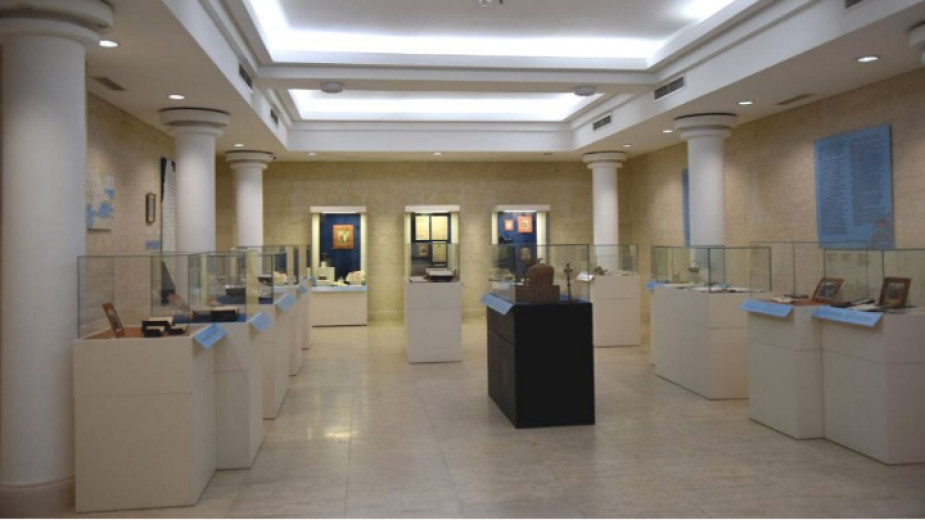 13
13
At the beginning of the 20th century, several waves of Armenian refugees arrived in Bulgaria, fleeing the horrific massacres and repressions in the Ottoman Empire and the genocide after the Greco-Turkish War (1919-1922). They carried with them the most valuable possessions: their lives and their children, as well as some personal belongings, which can be seen until November 30 in the exhibition themed “Memory” at the Regional History Museum in Sofia, dedicated to the 100th anniversary of the adoption of the Armenian refugees by the Bulgarian state.
The official unveiling of the exhibition was attended by the Ambassador Extraordinary and Plenipotentiary of the Republic of Armenia to the Republic of Armenia, H.E. Armen Edigarian, patron of the event.
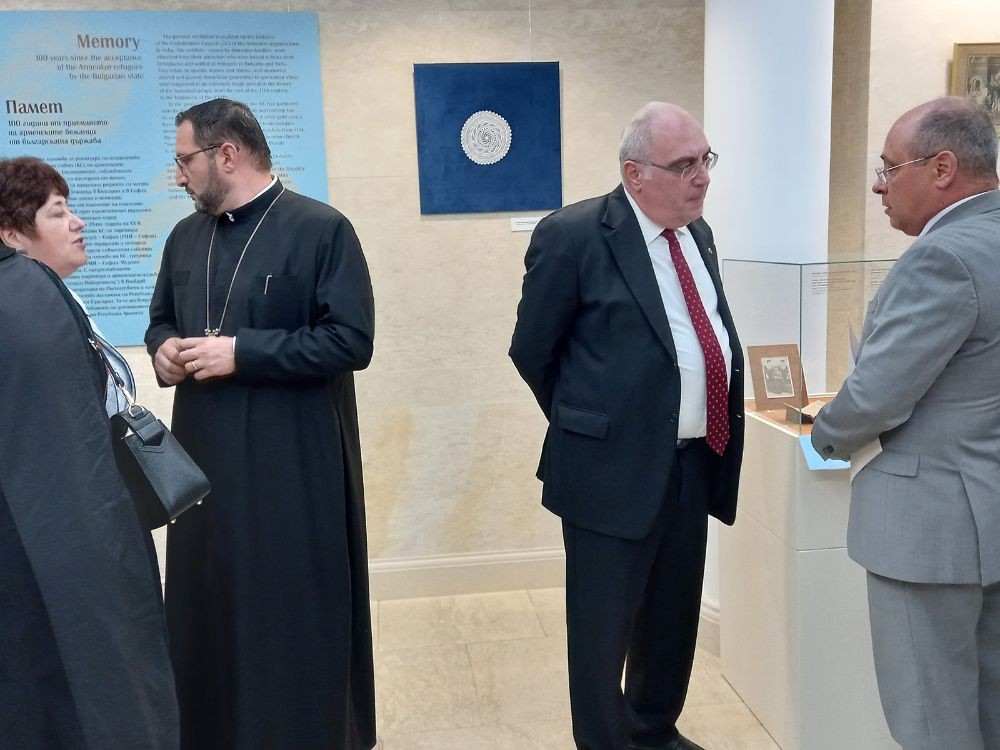
"Through this exhibition, the representatives of the Armenian community want to pay homage to their ancestors and express their gratitude to the Bulgarian government and country for accepting their ancestors here in Bulgarian lands in the 1920s. The memory of their difficult journey to Bulgaria, the warm reception and their daily life here comes to life through the objects accompanying the families in these trials and passed down through the generations," says Katelina Pavlova, curator of the exhibition.
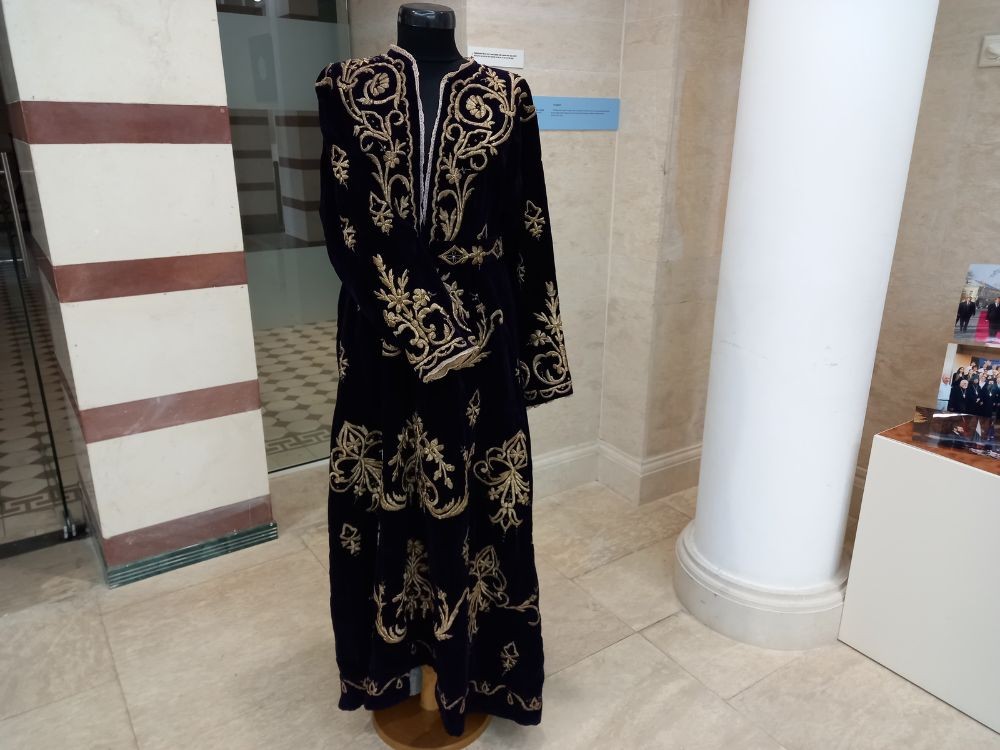
Visitors can see more than 70 exhibits, most of which are personal belongings – the top of a wedding dress with exceptional embroidery, the clothes of a child who died during the journey, an unfinished bedspread, a carpet that continues to be used in the family to this day, various documents: passports for temporary residence, business cards, family photographs, etc., as well as church utensils.
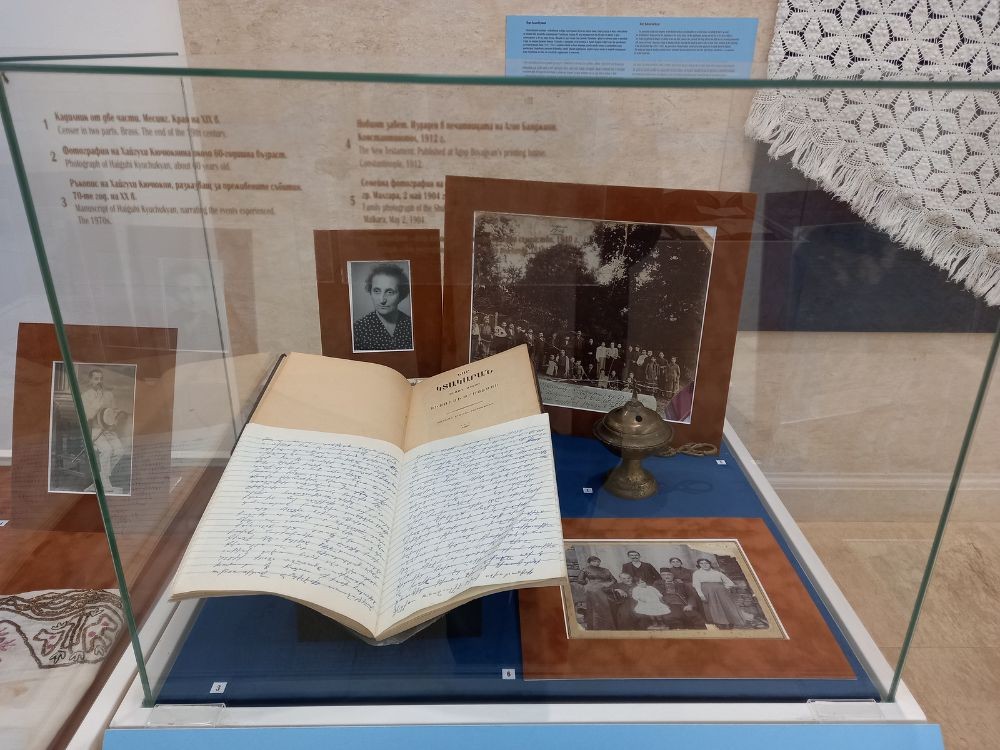
"When we decided to do this exhibition, we approached it with a lot of apprehension, because it was about collecting objects that were brought by our ancestors 100 years ago and more. But it worked. Even a small book, a photo, something very insignificant at first glance is a sign that you preserve what was handed to you as something valuable”, explains Mrs. Vartanush Topakbashiyan, editor-in-chief of Erevan newspaper. “Man has an incredible privilege - to have memory. I thank our countrymen for giving us this memory so we can show it to others”.

The items in the exhibition are accompanied by the real life stories of 18 families who fled the horror of war and the inability to stay where they were born and where they created a home and family.
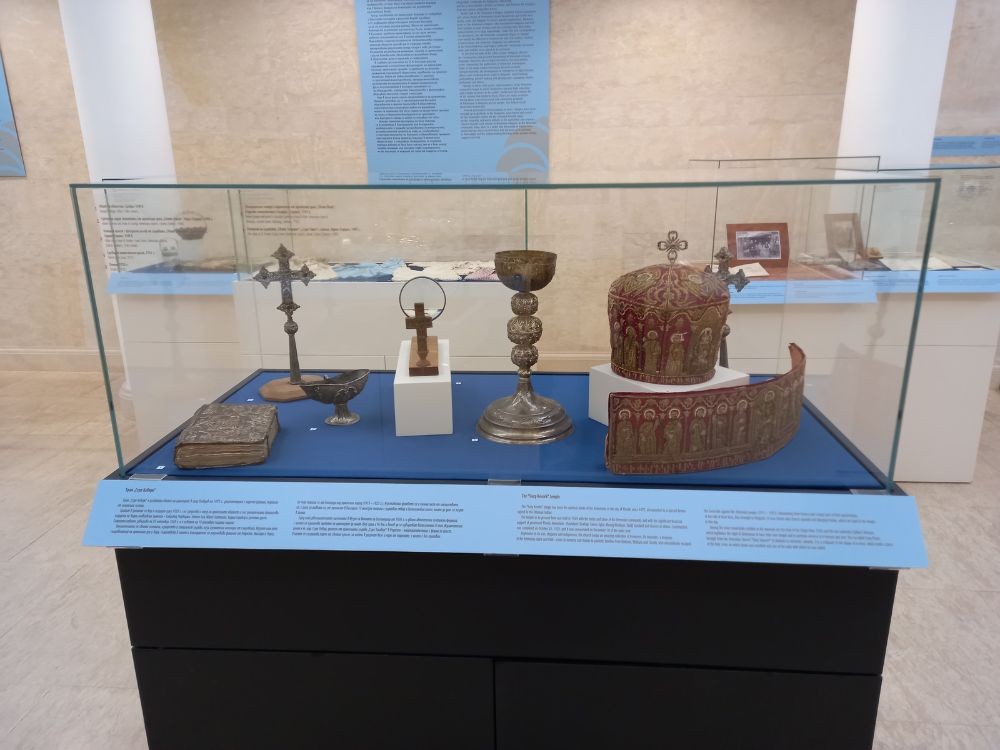
"These stories give us the opportunity to get acquainted not only visually with the objects, but also with the fates of their owners”, says Katelina Pavlova. “The exhibits are valuable in that they are not identified as items of cultural value, but are relics brought from the old Armenian lands and preserved to this day for generations in Armenian families. They are a symbol of the adoration and gratitude of the current generations to the life feat of their ancestors, a memory of what they went through in order to survive and give the beginning of a new life for the Armenian community in Bulgaria."

"This is an exhibition filled with memories that take us back to difficult times and remind us of difficult human destinies, but also an exhibition that fills us with hope for salvation, for empathy and for a new life. An exhibition that transports us to the distant past, which we have a duty to remember," Assoc. Prof. Dr. Veneta Khandzhiyska, director of the Regional History Museum in Sofia, believes.

A special guest at the exhibition was the famous Bulgarian composer, instrumentalist, poet and singer of Armenian origin, Maestro Haygashod Agasyan, who performed several works and moved the attendees to tears.
Photos: Desislava Semkovska, Regional History Museum in Sofia
Passion Week is the last week before Easter. It is also the most austere week of fasting at the end of the long Great Lent, which prepares the faithful for Christ's Resurrection. It begins after the Sunday on which Christians celebrate the Lord's entry..
The Zograf Monastery on Mount Athos has a new abbot. Hieromonk Gavriil has been elected as the new abbot of the monastery, reported the website of the Bulgarian Orthodox Church. "On Lazarus Saturday, the Zograf Monastery on Mount Athos held elections to..
Pipes from the end of the 17 th , the 18 th and the 19 th century and the tradition of growing tobacco in Bulgaria are presented in the newest exposition at the Museum of Archaeology in Burgas. “Pipes like this are to be found often on the..

+359 2 9336 661
